What are whiskers?
Whiskers are modified hairs (formally known as 'vibrissae') that form specialised touch organs, found at some stage in the life of all mammals except monotremes (duck-billed platypus and echidnas) and humans, though we still have vestiges of the muscles once associated with vibrissae in our upper lips.
Where do whiskers grow?
Whiskers typically grow around the nostrils and above the lips and eyes, but also on the forelegs and feet of some mammals. Manatees have them all over the head and body, but in most mammals they form an ordered pattern.
Rats – whose whiskers are the best-studied – have five rows on either side of the snout, each comprising five to nine vibrissae: shorter microvibrissae at the front, longer macrovibrissae at the rear, a little under 1mm in diameter at the base, tapering to an extremely narrow tip. In contrast, seals’ whiskers are much stiffer and do not taper.

Vibrissae can be very long: up to 50mm in rats, and one-third of a chinchilla’s body length. The whiskers of many carnivores, particularly aquatic and nocturnal species, are also very prominent.
How do whiskers work?
So, how do they work? In essence, they function like an old-fashioned gramophone stylus. As whiskers brush an object, irregularities in the surface are translated into movements of the vibrissae; those, in turn, are detected by hundreds of motion sensors inside a heavily innervated hair follicle – rats and cats have 100–200 nerve cells per whisker, seals up to 1,500.
These nerves relay detailed information about the direction, velocity and duration of vibrissal movement, thereby allowing the animal to detect the precise location, size, texture and other details of the object.

In some mammals, individual muscles allow macrovibrissae around the nose to be moved independently, whereas those elsewhere on the body cannot; neither can microvibrissae. Larger muscles move all of the whiskers together by changing the position or shape of the whisker pad.
Small rodents exhibit rapid whisker movements – in fact, the ‘whisking’ motions of rats are the fastest of any mammal.
By contrast, in larger rodents, lagomorphs and some carnivores, such ‘vibrations’ (the name derives from the Latin vibrare) are sporadic; bats, ungulates, primates and cetaceans make few whisker movements.
How do animals use their whiskers to find food?
Whiskers serve various purposes, but are most commonly used to locate food. Seals, for example, extend their whiskers forward to follow the hydrodynamic trails left by swimming fish.
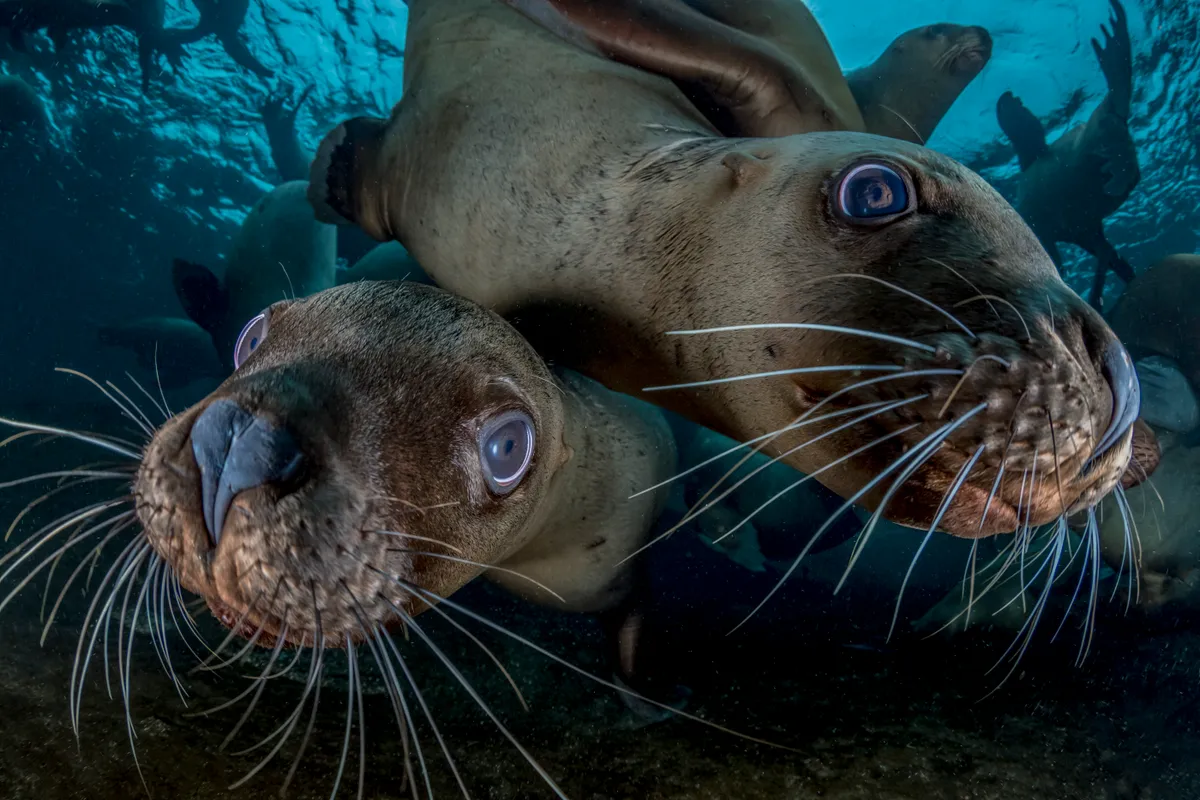
Indeed, the vibrissae of common seals are so sensitive that they can discriminate the species – or at least the size – of their prey, and the direction in which it fled, long after it swam away.
The vibrissal sensory system of Etruscan shrews enables them to distinguish prey from non-prey in a single touch – an ability that scientists are attempting to replicate in robots.
Many terrestrial mammals can also detect air currents with their whiskers, which may warn them of approaching danger.
The body vibrissae of manatees may help to detect the movements of other animals, water currents, tidal flows and changes in the contours of the seabed in their shallow-water environment.
Whiskers are also important in indicating an animal’s state of mind, and play a role in various social behaviours. But though vibrissae have been the subject of some fascinating research, little is known about the function of cats’ whiskers.
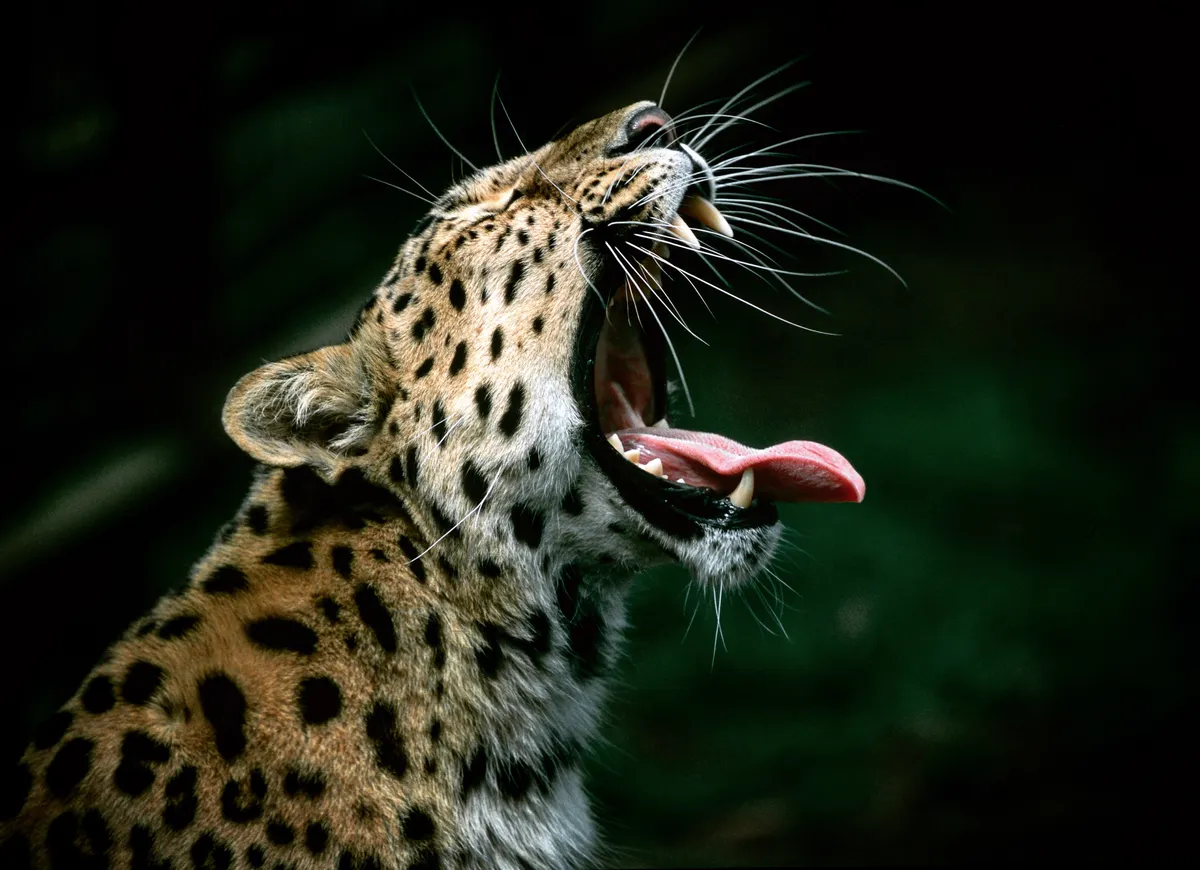
How did whiskers evolve?
The role whiskers played in the early evolution of mammals is perhaps the most fascinating aspect of the topic. The first mammals coexisted with dinosaurs, and became adapted to the main ecological niches available: hunting insects at night, when predatory dinosaurs were least active, and living high up in trees.
Facial whiskers would have endowed these early mammals with a sensory advantage, using the increased sensitivity of touch provided by vibrissae to help them move and hunt in the dark.
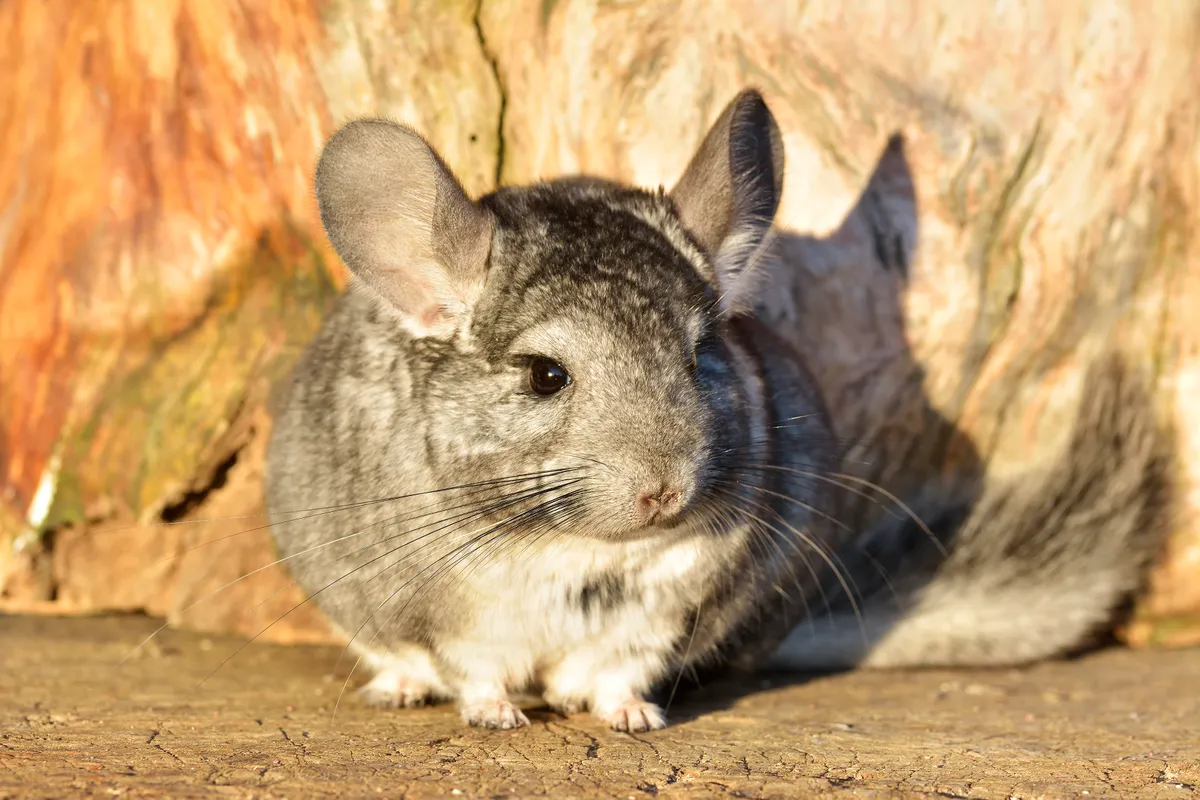
This new tactile sense – based, we assume, on mobile, exploratory whiskers like those of rats – underpinned the ability of later mammals to exploit so many environments, and was also key to developing facial muscles and driving the reorganisation and expansion of the brain.
In fact, it was probably as important a step in mammalian evolution as becoming warm-blooded and giving birth to live young.
HOW RATS USE THEIR WHISKERS TO MAKE MAPS
The rapid whisker movements seen in rats – vibrating up to 25 times per second – enable them to collect detailed information about their environment to build ‘touch’ maps.
1
Rapid 'whisking' of all vibrissae

When travelling in a straight line, a rat ‘whisks’ the vibrissae on each side symmetrically, sampling a large area around its head. When turning, though, it biases its whisker movements towards the turn.
2
Contralateral whiskers forward
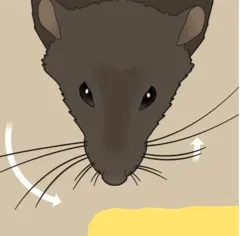
When the macrovibrissae on one side of the rat’s head make contact with an object, those on the opposite side sweep round to gather more information.
3
Close-range assessment
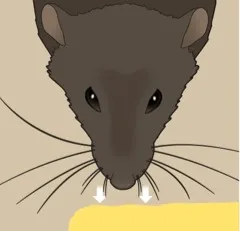
The rat then orientates its head to explore the object in more detail, moving its nose towards the obstacle and employing the tightly packed microvibrissae on its chin and lips to gather additional sensory information.